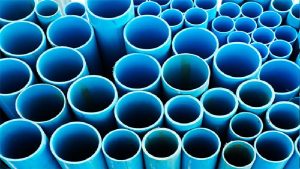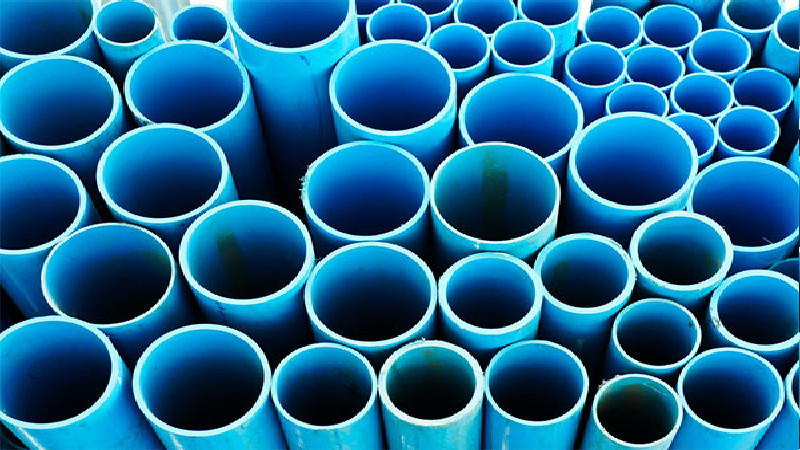insert molding is a process in which several parts and/or materials are combined into a single unit through the injection of thermoplastic around the carefully laid out parts. The result is a single entity that is stronger than the single components of which it is constructed. The process allows for various diverse materials to be combined e.g. metals, plastics ceramics, using plastic. Today, this is a common process. This has not always been so.
History of Insert Molding
The entire history of insert molding relies on the invention of plastic. While we tend to think of it as a “modern” invention, it actually dates from the late 19th century. In 1862, in England, Alexander Parkes (1813-1890) demonstrated a new material at the 1862 International Exhibition in London. He called this new substance, a material that could be molded after being heated and, yet, when cooled, retain its shape, Parkesine. However, the flaws in this new substance and the expense in producing it resulted in not being put into production immediately.
This was to change when, in 1868, American inventor and industrialist, John Wesley Hyatt (1837-1920) entered a contest run by billiard ball maker Phelan and Collander. They offered a large prize of $1,000 to anyone who could create a substitute for ivory. Hyatt came up with a substance he called celluloid in 1870. He injected it into a mold for billiard balls. He patented the substance in 1869. It is still considered the first thermoplastic. Although, he never seemed to have collected any money, he did eventually form his own company based on what was to become insert molding practices.
Hyatt’s success was based not only on the plastic cellulose but also on his invention of the first injection molding machine – a feat he accomplished together with his brother Isaac Hyatt. He applied this new found knowledge and machinery not only to billiard balls but to dentures as well, creating the Albany Dental Plate Company in 1870. The machine may have been quite simple compared to todays, but it was a success with Hyatt moving into larger premises in 1873 under the name the Celluloid Manufacturing Company.
Over the decades, celluloid found itself being put to increasing use. The injection process produced
* Buttons
* Collar stays
* Hair combs
By the end of the Second World War, insert molding applications had become of increased importance due to an increased demand for manufactured goods. Pair this with the advances made in technology during the war and you have the ideal conditions for improving Hyatt’s injection machine. This was accomplished by James W. Hendry (1921-2014) in 1946 with his invention of the screw injection molding machine. This type of machinery now accounts for approximately 95% of all the injection machines in use today.
Insert Molding
The process we now refer to as insert molding has progressed from the days when plastic was first invented. It has become an integral part of industrial or manufacturing injection molding. Where once it was responsible for the production of billiard balls and buttons, today it is an essential cog in the wheel through which industries supply the industrial needs of everything from automotive industries to medical devices to military equipment. With few limitations on what materials can be combined, it is little wonder that insert molding applications continue to grow in popularity.
When it comes to finding expertise in Insert Molding micromolding, and liquid-silicone-rubber molding operations, talk to the professionals at Aberdeen Technologies Inc. They perform all in a GMP-compliant cleanroom. In addition to these services, they offer advice and help for companies considering and/or requiring custom design and development assistance. To learn more about the skills and accomplishment of aberdeen technologies., visit them online at website.



